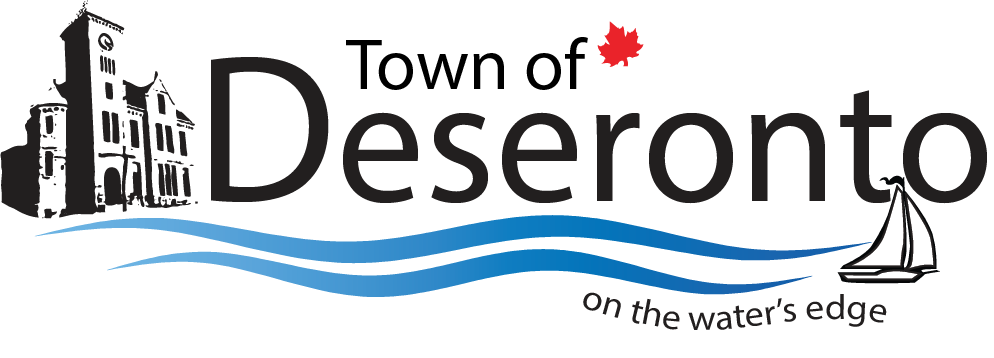If your proposed change doesn’t conform exactly to the zoning by-law, but follows its general intent, you can apply for a minor variance. For example, you might want to locate something on your property but the shape of your lot won’t let you meet the minimum setback requirements. The minor variance application can be found under the Applications & Forms section above. The fee for processing Minor Variance Applications is $300.00.
A minor variance does not change a zoning by-law. It simply excuses you from a specific requirement of the by-law and allows you to obtain a building permit.
Under Section 45(1) of the Planning Act there are four tests a minor variance must meet:
- Is the application minor?
- Is the application desirable for the appropriate development of the lands in question?
- Does the application conform to the general intent of the Zoning By-law?
- Does the application conform to the general intent of the Official Plan? It is important to note that to consider any application a minor variance it must meet all four tests.
Procedures for Processing of a Minor Variance Application (The Planning Act, R.S.O., 1990, Section 45; Ontario Regulation 200/96)
STEP 1: The applicant consults with the Town Clerk to determine application requirements and related issues and concerns. This consultation may require involvement of other municipal departments and local agencies.
STEP 2: The Town receives the complete application and required fee of $300. The Town Clerk will determine if the application is deemed complete.
STEP 3: The Town Clerk arranges a Committee of Adjustment hearing date with the members and applicant. The Committee of Adjustment consists of three (3) non-elected members. They are a quasi-judicial body which renders decisions on applications, with or without conditions.
STEP 4: The public hearing is required under the Planning Act and the municipality requires a minimum ten (10) day notice period. Notices are circulated according to Ontario Regulation 200/96, to required agencies and to all assessed landowners within 60 metres (200 feet) of the lands affected by the application. The ten (10) day notice period begins the day the notices are mailed.
STEP 5: The Committee of Adjustment holds the public hearing. The Committee will review the purpose of the application, review staff comments, agency comments and correspondence and allow the public an opportunity to make comment or question the application. Based on the outcome of the hearing, a decision will be made to grant, refuse or hold the application in abeyance until further information is received. Conditions may apply to the granting of a minor variance.
STEP 6: The Planning Act requires a twenty (20) day appeal period which begins the day the decision is made. Notices under Ontario Regulation 200/96 are circulated by first-class mail to those requesting notice of decision. When the appeal period lapses without appeal, the decision is considered to be final.
NOTE: The municipality, applicant or any other person or public body who has requested a copy of the Committee’s decision may appeal the decision of the Committee of Adjustment within the twenty (20) day period by filing an appeal with the Ontario Municipal Board for a fee.
TIME FRAME: The consultation process (STEP 1) varies depending upon the complexity of the application. The process from receipt of the complete application to final approval typically takes forty-five (45) days. Appeals or concerns raised at the public hearing may delay the process.
